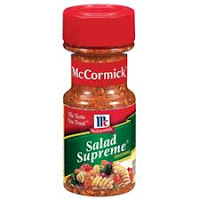I like cheese— perhaps because I was born in Wisconsin, the dairy state? When my mother was young there were a lot of small cheese factories near where she lived, and she dated a few cheesemaker’s sons. They tended to have clean hands.
Cheese is part of some recipes I use regularly, such as a cheese pancake recipe that I use for making small flatbreads. I also use cheese slices as a snack, and prefer my bun-free burgers with cheese on them. You can add a little shredded cheese to the yolk mixture when making deviled eggs— a low-carb staple.
What about substitutes for cheese? The only non-dairy cheese I know about that is explicitly allowed on Atkins - keto - lowcarb is tofu, or soy cheese. Tofu/soy cheese does have soy in it, which many of us don’t care to have in our food plan. If you cannot eat dairy cheese but can consume tofu, it may be a right choice for you. (What about other ‘non-dairy’ cheese substitutes? Check the label for carb count— if it is comparable to a real cheese in carb count and doesn’t have any nasty ingredients in it, you might try adding it to your eating plan.)
I used to eat American cheese when American cheese came in a big block rather than in nasty plastic-flavored slices wrapped individually in plastic. I have widened my taste to other cheeses: Colby, smoked Cheddar, Pepper Jack, Mexican blend shredded, Parmesan, Muenster, even blue cheese. I would say that the Kraft slices which are NOT wrapped in plastic might be ‘real-cheese enough,’ but a store-brand substitute I bought tasted exactly like those nasty plastic-wrapped slices even though it wasn’t wrapped in plastic. I have found American cheese in small blocks from actual cheesemakers, as well.
Grated Parmesan cheese, along with good mayonnaise (like avocado mayonnaise) is great to put on fish of various types you are baking, or shrimp. Great for those of us who haven’t eaten fish or shrimp without breading before going keto.
Of course, if you really can’t have dairy you have to skip the cheese. But for most of the rest of us, cheese is a good food that adds some variety to our eating plan. Next shopping trip, don’t forget the cheese!
Follow me on Twitter! https://twitter.com/nissaamaskatoj













